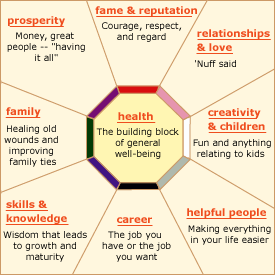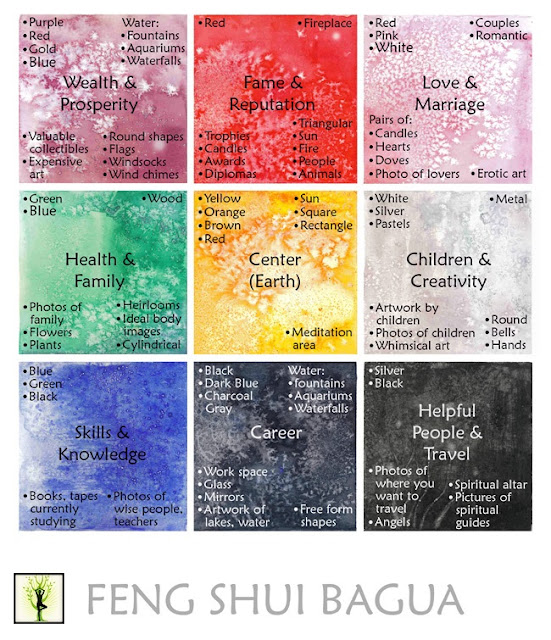When does anger become a problem?
Anger is an emotion that everyone experiences at some point in their life. Anger in and of itself is not a bad thing. Anger becomes a problem when the anger itself, or how we express the anger, causes problems in our lives. For example, anger can be felt too intensely, too frequently, or it can be expressed inappropriately, leading to harm to oneself or to others. Poorly managed anger can result in damage to our mental health, physical well-being, social relationships, and employment.
When we feel angry, the most important consideration is how we manage this emotion. In many cases, we may manage anger in a similar way to people around us. Many children learn how to deal with anger from observing their parents and other family members. The way that we respond to anger may also be as a result of what happens when we become angry; it may help us to get things that we want, thereby reinforcing our behavior. There are many practical strategies which may be adopted to help overcome problems with anger management. Here are four tips on how to deal with anger:
#1 Make a list of events or situations that trigger your anger. It can be a helpful perspective to notice that each of us get triggered by different things – while some of us may get outraged by an inconsiderate roommate who leaves dishes in the sink, others may instead fume while driving in congested traffic. Having a better awareness of triggering events will help you to better manage and possibly prevent your anger.
#2 Take a timeout. Timeouts aren't just for kids – they are an essential anger management strategy that should be in everyone’s anger management “toolbox”. Basically, timeouts help us think instead of impulsively reacting in the heat of the moment. Timeout strategies can range from taking a few deep breaths and taking note of how your anger is experienced in your body, to leaving the situation that is causing the anger. You can have a pre-arranged agreement where any of the parties involved can call a timeout during an upsetting interaction and return to the conversation at a later point.
#3 Engage in Exercise! We all know that exercise is good for your physical health, but it’s also great for your mental and emotional health as well. Regular exercise can be an effective preventative anger management strategy. In addition to cardiovascular exercise, try yoga – either in live classes or through videos available on iPad apps and YouTube videos if live classes are too expensive.
#4 Use the A-B-C-D Model. The A-B-C-D Model (developed by Albert Ellis) helps us to change our underlying irrational beliefs that perpetuate our anger.
“A” stands for an activating event that triggers our anger.
“B” stands for our beliefs about the activating event. What do you tell yourself in reaction to the triggering event? What are your beliefs and expectations of others? For example, when a friend arrives late, you may tell yourself, “This friend is a bad friend. If he respected me, he wouldn’t be late. I can’t be friends with this person.”
“C” stands for consequences – emotional responses about the triggering event based on your self talk. For example, you may feel sadness or contempt.
“D” stands for dispute, where you examine your beliefs related to the event, identify any irrational beliefs, and dispute them with more rational or realistic ways of reacting to the activating event. The point of this model is to replace maladaptive self-statements that exacerbate anger with adaptive self-statements that reduce anger and help you have a more realistic reaction to the event.
While these tips may be helpful, you may need support from a counselor or mental health professional. Keep in mind that you don’t have to deal with anger all on your own. There are effective anger management therapies available in individual and group settings that can help you learn healthy ways of managing anger.






